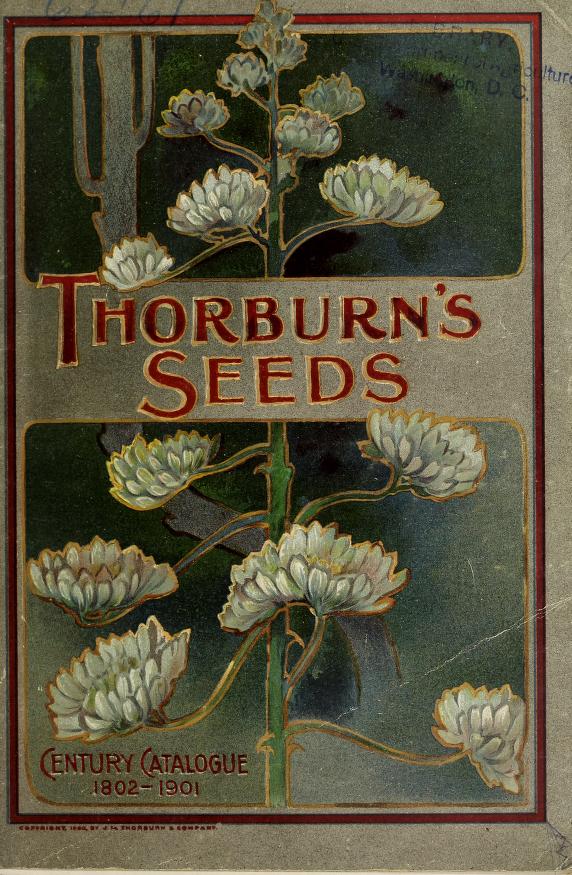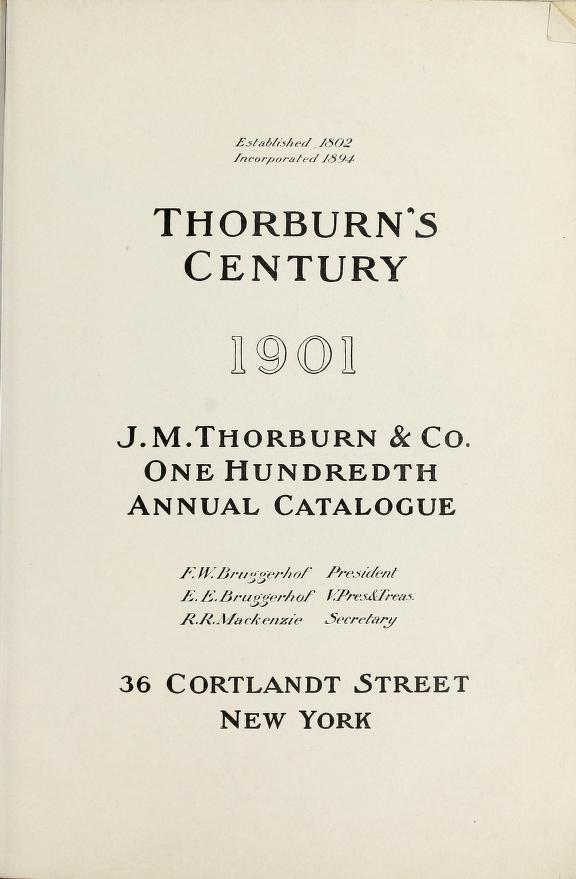
Last week I ventured out of London with some gardening friends for an open day at Perch Hill, the home of Sarah Raven’s garden company. Established in 1999, the company began by supplying flower and vegetable seeds, each variety having first been tested for quality in Sarah Raven’s own garden, and providing courses about growing cut flowers and food crops.
Soon bulbs were added to the seed list, and by the early 2000s the twice yearly catalogues were like a breath of fresh country air, with their modern design, beautiful colour photography (by Johnathan Buckley,) and aspirational lifestyle. As well as the original seeds and bulbs, today the company offers a vast range of bedding plants, perennials, climbers and roses – all carefully curated and chosen for their vibrant colours and long life in the vase.
Here’s a reminder of how the catalogues used to look:






Entering the famous cutting garden from an adjacent field acting as a car park for the day, we passed through a gap in a hawthorn hedge into a blaze of colour. Here, a profusion of cosmos, tagetes, gaillardia, eryngium, and gladiolus in vibrant reds, oranges and purples are being trialled (alongside countless other flowers from the catalogue), while next to the hedge surrounding the garden, blue and purple phlox seemed to glow in the semi-shade.





Wandering at leisure around the garden, as well as planting ideas there are plenty of design tips to take away, many of which could be scaled down in a smaller space. The conical outline of the oast house roof is repeated in the neighbouring Oast garden with several enormous wigwam structures, some supporting clematis ‘Julia Correvon’ with its rich, wine coloured flowers – a reminder how important verticals are in the garden. These structures supply height all year round without casting much shade, as the canopy of a tree or large shrub would.
Elsewhere in the garden some simple ironwork structures left free of any climbing plants provide effective focal points in the densely planted cottage garden style borders.




Next to the house, a small tree, simple brick paving, a collection of good sized planted pots and a wooden chair make for an inviting place to sit, which could be translated into a much smaller space very effectively.


A perfect drying day ..
Perch Hill is close to some well-known gardens and some of the planting seems to reflect this – the English cottage garden style recalls Sissinghurst, while plants like this extraordinary sanguisorba (see below) echo the exuberant perennial planting at Great Dixter. I like the way these places seem to be engaged in an exchange of ideas – a planting conversation.

When we visited, these dahlias were just starting to come into flower. This beautiful rustic wooden fence has weathered to a lovely silvery grey colour.

Roses are a relatively new introduction to the Sarah Raven catalogue, and a welcome one, as it’s always interesting to note which varieties she selects. Despite an invasion by the local deer, there were still some flowers to see in the rose trial garden. One of the orange roses (see below) shows an unusual hint of brown, and in the current catalogue some of the roses share these sepia tones. I imagine these roses would associate well with other contrasting colours, perhaps linking bright pinks and reds.





If you look closely at the next photograph, you’ll see two women in straw hats examining the flowers – it was that kind of place, that kind of day.

Thanks to Louise O’Reilly for organising this enjoyable outing.
There are more open days on 5th and 6th August – Sarah Raven website here


























































